It looks like you're using an Ad Blocker.
Please white-list or disable AboveTopSecret.com in your ad-blocking tool.
Thank you.
Some features of ATS will be disabled while you continue to use an ad-blocker.
share:
In Sharawna a Northern city in Baalbek we find a little known and much neglected ancient site named by the local population as The Flour
Caves. The rectangular shaped complex consists of dozens of caves and caverns interconnected by tunnels. This site is believed to be
thousands of years old and was also believed to have been used by the Romans upon their arrival in the area in 64 BC to house their slaves when
building the famous Temples of Baalbek.
The Flour Caves of Baalbek –
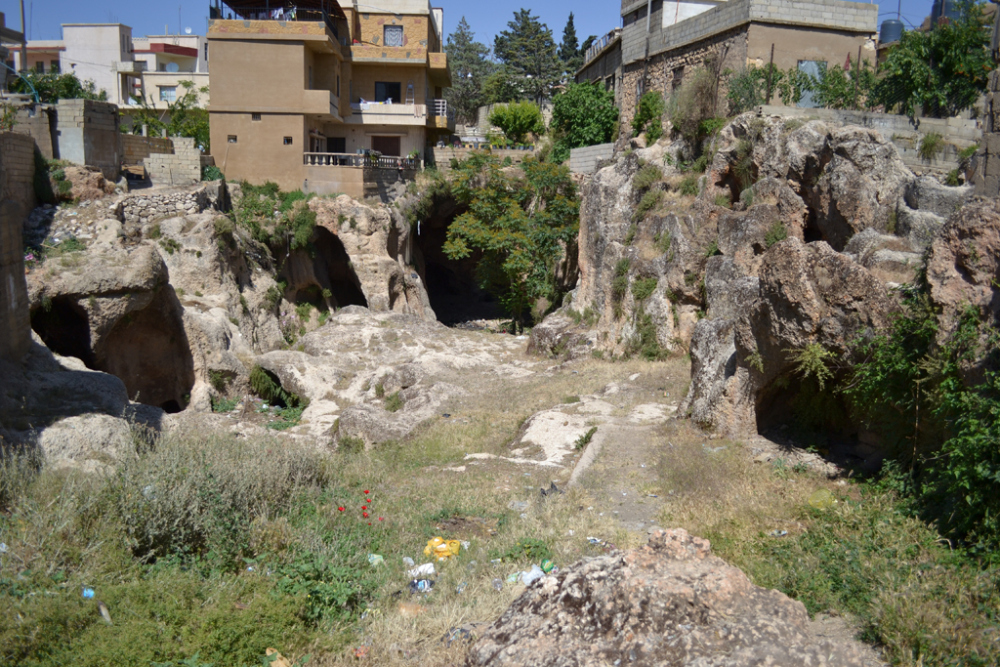
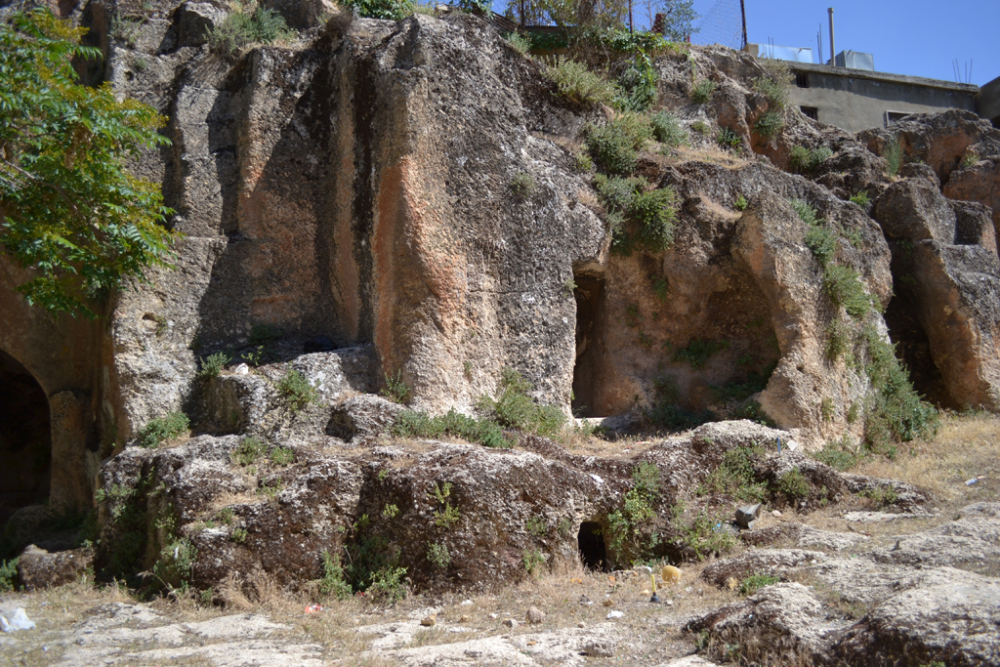
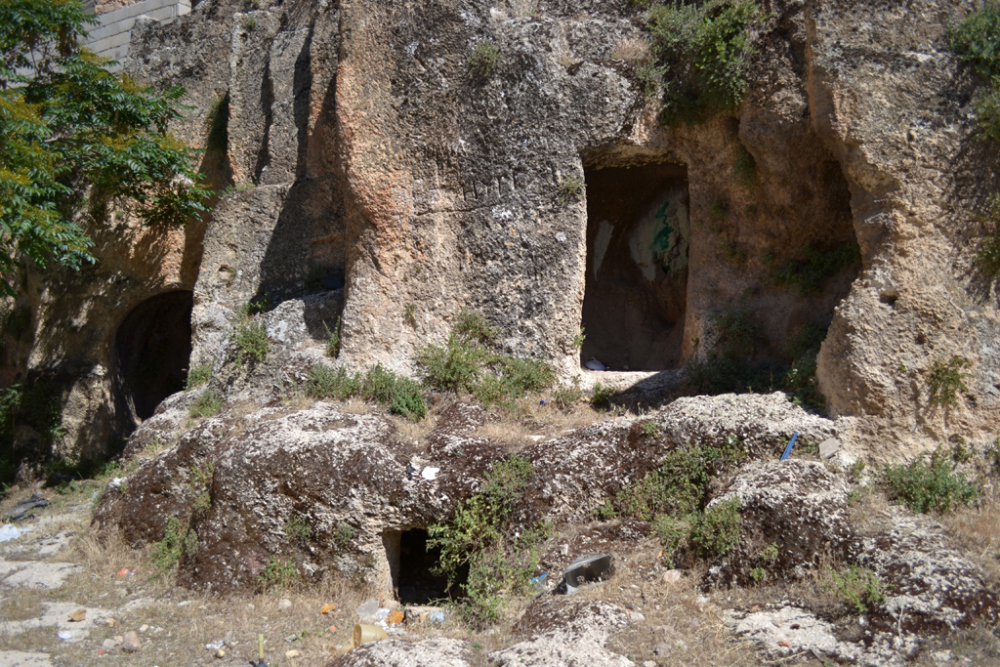
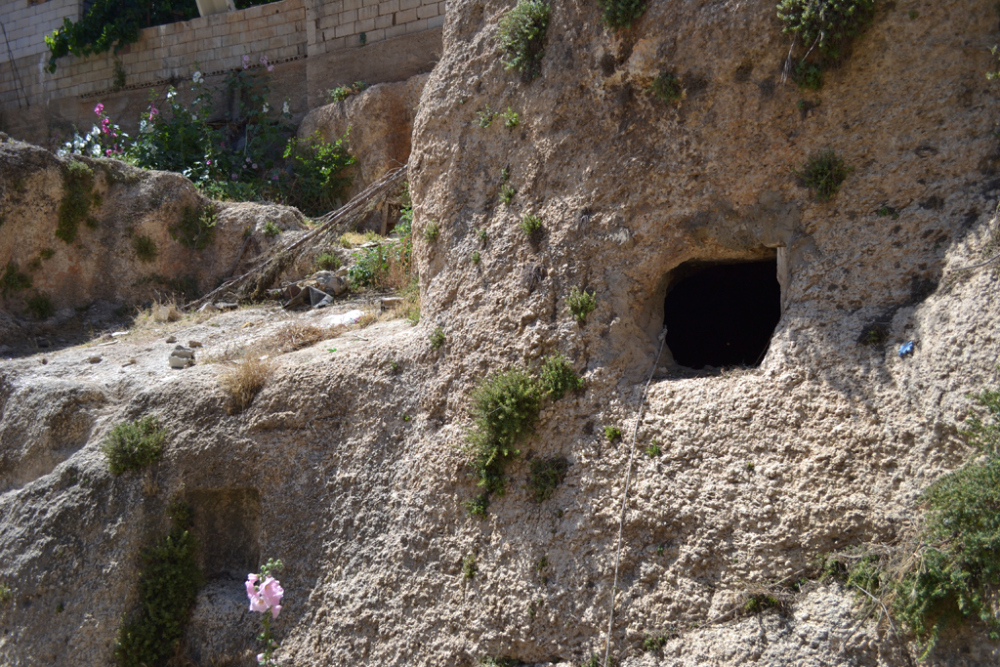
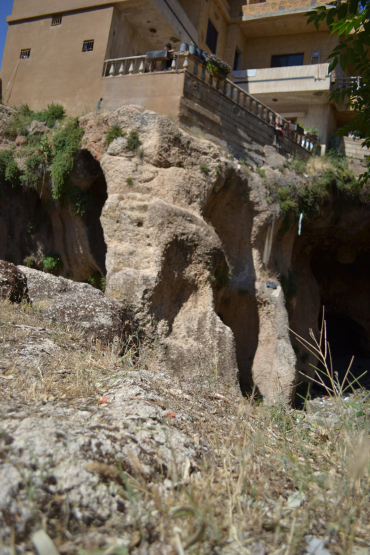
Here we see similar carving/cut out marks on this wall over looking the Stone of the Pregnant Woman –
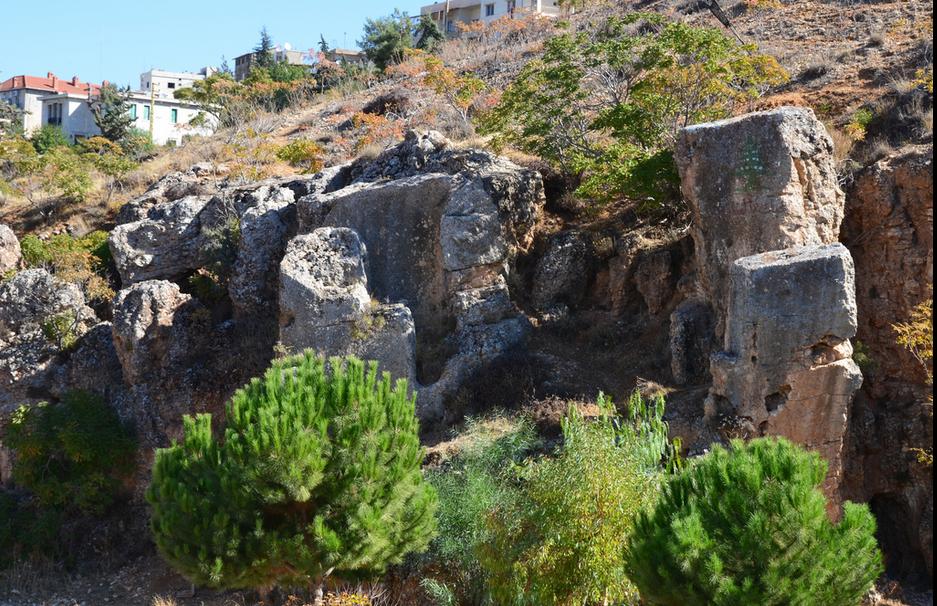
Where this photo was taken from –
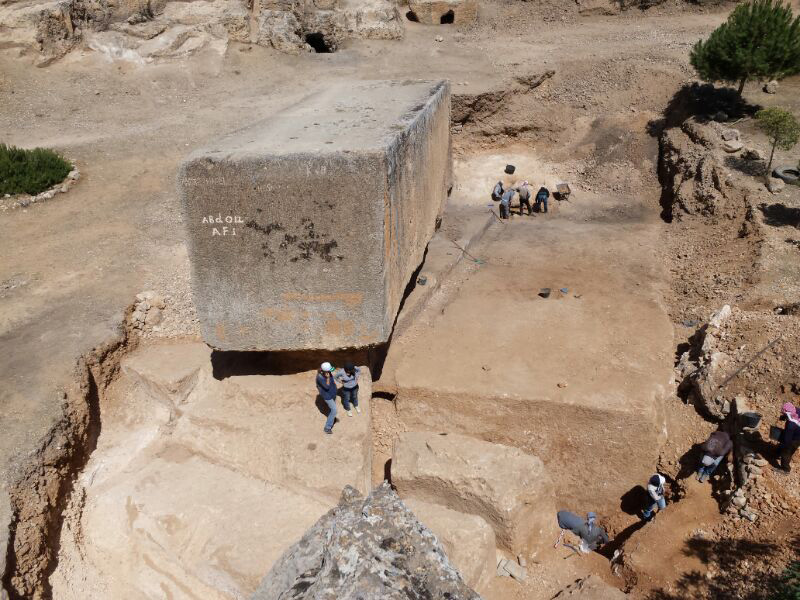
The question is – Was this site already being used as a quarry OR for something else long before the Romans appeared in 64 BC?
Source for more reading and photos –
Source Link
The Flour Caves of Baalbek –





Here we see similar carving/cut out marks on this wall over looking the Stone of the Pregnant Woman –

Where this photo was taken from –

The question is – Was this site already being used as a quarry OR for something else long before the Romans appeared in 64 BC?
Source for more reading and photos –
Source Link
edit on 12/7/2014 by tothetenthpower because: --Mod Edit-- Fixed link.
a reply to: JamesTB
Here is a similar site in Britain:
www.greatormemines.info...
The Great Orme mines date back around 4000 years and were used for copper mining, they were also re used by the Romans. I'll admit the caves aren't square or neat bit they're impressive all the same.
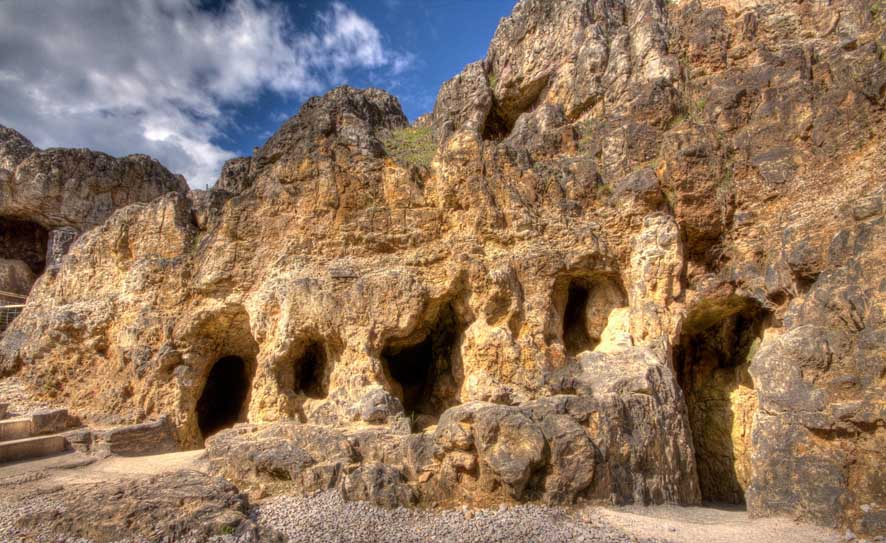
Here is a similar site in Britain:
www.greatormemines.info...
The Great Orme mines date back around 4000 years and were used for copper mining, they were also re used by the Romans. I'll admit the caves aren't square or neat bit they're impressive all the same.

Thannks for this. I'm always interested to learn about these type of places. I did a thread on the Ellora Caves in India a while back:
www.abovetopsecret.com...
Good Stuff
www.abovetopsecret.com...
Good Stuff
Looking at the size of that block of stone humanity would still be hard pushed to be able to move the thing any significant distance utilizing
today's technology. One has to wonder as to what the people who quarried the blocks purpose was?
OP you or others may be also interested in this story as it is relativity recent discovery
"‘The Stone of the South’ at Baalbek, Lebanon is the largest worked monolith on Earth, weighing in at a staggering 1242 tons. It is even heavier than the ‘Stone of the Pregnant Woman’ which weighs an estimated 1000 tons, that sits on the other side of the road in the quarry. Neither of these stones made it to the main ‘Temple of Jupiter’, some 900 metres to the northeast, but some 400-ton and 800-ton stones did make their way to the temple, were raised 20 feet in to the air and were placed with machine-like precision into the foundations of this mighty ancient complex. Last week, Janine Abdel Massih and her team uncovered a further monolith that sits virtually underneath ‘The Stone of the Pregnant Woman’ that was once destined for the main Temple site (see featured image). Until recently, it was buried under a few feet of dirt, and has been measured at 19.6 metres long, 6 metres wide and 5.5 metres thick. "Because we have not yet reached the bottom of the rock to be completely cleared,” Janine Abdel Massih said, “we have no idea of the volume or complete dimension of this ancient stone." (1). The outline of it can be seen in these images, and shows a kind of precision we find in ancient Peru and Egypt. The discovery of this new monolith, just adds another level of mystery to the situation, as it sits virtually ‘under’ the ‘The Stone of the Pregnant Woman’, and would have had to have been lifted out, after this other 1000 ton block was moved. - See more at: www.ancient-origins.net... " www.ancient-origins.net...
a reply to: JamesTB
"‘The Stone of the South’ at Baalbek, Lebanon is the largest worked monolith on Earth, weighing in at a staggering 1242 tons. It is even heavier than the ‘Stone of the Pregnant Woman’ which weighs an estimated 1000 tons, that sits on the other side of the road in the quarry. Neither of these stones made it to the main ‘Temple of Jupiter’, some 900 metres to the northeast, but some 400-ton and 800-ton stones did make their way to the temple, were raised 20 feet in to the air and were placed with machine-like precision into the foundations of this mighty ancient complex. Last week, Janine Abdel Massih and her team uncovered a further monolith that sits virtually underneath ‘The Stone of the Pregnant Woman’ that was once destined for the main Temple site (see featured image). Until recently, it was buried under a few feet of dirt, and has been measured at 19.6 metres long, 6 metres wide and 5.5 metres thick. "Because we have not yet reached the bottom of the rock to be completely cleared,” Janine Abdel Massih said, “we have no idea of the volume or complete dimension of this ancient stone." (1). The outline of it can be seen in these images, and shows a kind of precision we find in ancient Peru and Egypt. The discovery of this new monolith, just adds another level of mystery to the situation, as it sits virtually ‘under’ the ‘The Stone of the Pregnant Woman’, and would have had to have been lifted out, after this other 1000 ton block was moved. - See more at: www.ancient-origins.net... " www.ancient-origins.net...
a reply to: JamesTB
originally posted by: andy06shake
Looking at the size of that block of stone humanity would still be hard pushed to be able to move the thing any significant distance utilizing today's technology. One has to wonder as to what the people who quarried the blocks purpose was?
How much does the big block weigh I wonder? I read that the world record for moving heavy objects on land is 4,800 tons for a hotel in San Jose,it doesn't look like this block is anywhere near this?
a reply to: Imagewerx
I think we can assume the people who carved the block did not exactly have access to the level of technology we have today. So the question still begs, why carve the thing if they could not move it? Possibly because they had access to some form of ancient wisdom that could have allowed them to manipulate or move it into place that we are no longer privy to in this day of age?
I think we can assume the people who carved the block did not exactly have access to the level of technology we have today. So the question still begs, why carve the thing if they could not move it? Possibly because they had access to some form of ancient wisdom that could have allowed them to manipulate or move it into place that we are no longer privy to in this day of age?
originally posted by: JamesTB
The question is – Was this site already being used as a quarry OR for something else long before the Romans appeared in 64 BC?
It was probably the same quarry used to build the earlier bronze age temple at that site long prior to the Roman's showing up.
a reply to: the2ofusr1
Well no the Chinese one the Yangshan Stele is much larger. which is estimated at 8,500 tons
The Stone of the South’ at Baalbek, Lebanon is the largest worked monolith on Earth, weighing in at a staggering 1242 tons.
Well no the Chinese one the Yangshan Stele is much larger. which is estimated at 8,500 tons
originally posted by: the2ofusr1
Not quite the same in respect to actually having been quarried out . Are there any places with actual stones that were used . (cut,hauled,and placed) ? a reply to: Hanslune
I don't quite understand what you are asking here?
The largest stone in ancient times that was cut and moved was the Ramesseum which is thought to have been around 1,000 tons it was quarried in Aswan and moved 275 km to Thebes.
originally posted by: Hanslune
a reply to: the2ofusr1
The Stone of the South’ at Baalbek, Lebanon is the largest worked monolith on Earth, weighing in at a staggering 1242 tons.
Well no the Chinese one the Yangshan Stele is much larger. which is estimated at 8,500 tons
Awesome.
a reply to: JamesTB
So I want to see that stone moved to a temple!
How would it happen? Today ! I doubt the terrain
would even allow a crane the position let alone
two cranes. The outriggers would be useless.
Unbelievable.
How bout just seeing on cut from the same quarry?
Today! Easy to explain in theory but I see no attempts
at proving a single one of those theories. I'm betting
the best of theories would get no where.
So I want to see that stone moved to a temple!
How would it happen? Today ! I doubt the terrain
would even allow a crane the position let alone
two cranes. The outriggers would be useless.
Unbelievable.
How bout just seeing on cut from the same quarry?
Today! Easy to explain in theory but I see no attempts
at proving a single one of those theories. I'm betting
the best of theories would get no where.
edit on Rpm120714v09201400000048 by randyvs because: (no reason given)
a reply to: JamesTB
I must admit I did not know where on Earth (literally) Baalbek is located, so after googling, I found this interesting article you all may find as intriguing as I did...
Ancient Ruins at Baalbek
I must admit I did not know where on Earth (literally) Baalbek is located, so after googling, I found this interesting article you all may find as intriguing as I did...
Ancient Ruins at Baalbek
That is still in the quarry and not cut out of or separated from it's base . What I was wondering is ,is there any Monolithic building that have used
stones from the quarry that we know of ? Petra is all stone but cut into a building that was never meant to be moved . Is there any evidence that
other stones of such a size were cut hauled and placed in China that compares to Balbec ? a reply to: Hanslune
ETA this is from wiki . Quarried monoliths[edit]
The Unfinished obelisk of Aswan
This list includes only quarried, but not moved monoliths.
Weight Name/Site Type Location Builder Comment
1,650 t[11] Unnamed monolith Block Baalbek, Lebanon Roman Empire 19.6 m long, 6 m wide, ≥5.5 m high
1,242 t[12] Unnamed monolith Block Baalbek, Lebanon Roman Empire 19.5–20.5 m long, 4.34–56 m wide, 4.5 m high
1,100 t[13] Unfinished obelisk Obelisk Aswan, Egypt Ancient Egypt 41.75 m long, 2.5–4.4 m wide
1,000.12 t[14] Stone of the South Block Baalbek, Lebanon Roman Empire 20.31–76 m long, 4–5.29 m wide, 4.21–32 m high
207 t[15] Granite column Column Mons Claudianus, Egypt Roman Empire Ca. 17.7 m (59 feet) long[16]
8,799 t (est) Yangshan Stele Stele (body) Yangshan Quarry, China Ming China 49.4 m long, 10.7 m wide, 4.4 m thick[17]
ETA this is from wiki . Quarried monoliths[edit]
The Unfinished obelisk of Aswan
This list includes only quarried, but not moved monoliths.
Weight Name/Site Type Location Builder Comment
1,650 t[11] Unnamed monolith Block Baalbek, Lebanon Roman Empire 19.6 m long, 6 m wide, ≥5.5 m high
1,242 t[12] Unnamed monolith Block Baalbek, Lebanon Roman Empire 19.5–20.5 m long, 4.34–56 m wide, 4.5 m high
1,100 t[13] Unfinished obelisk Obelisk Aswan, Egypt Ancient Egypt 41.75 m long, 2.5–4.4 m wide
1,000.12 t[14] Stone of the South Block Baalbek, Lebanon Roman Empire 20.31–76 m long, 4–5.29 m wide, 4.21–32 m high
207 t[15] Granite column Column Mons Claudianus, Egypt Roman Empire Ca. 17.7 m (59 feet) long[16]
8,799 t (est) Yangshan Stele Stele (body) Yangshan Quarry, China Ming China 49.4 m long, 10.7 m wide, 4.4 m thick[17]
edit on 7-12-2014 by the2ofusr1 because: (no reason given)
originally posted by: new_here
a reply to: JamesTB
I must admit I did not know where on Earth (literally) Baalbek is located, so after googling, I found this interesting article you all may find as intriguing as I did...
Ancient Ruins at Baalbek
Cheers!
There are some very interesting features around the site where The Stone of the Pregnant Woman sits.
These 2 standing stones are intriguing …
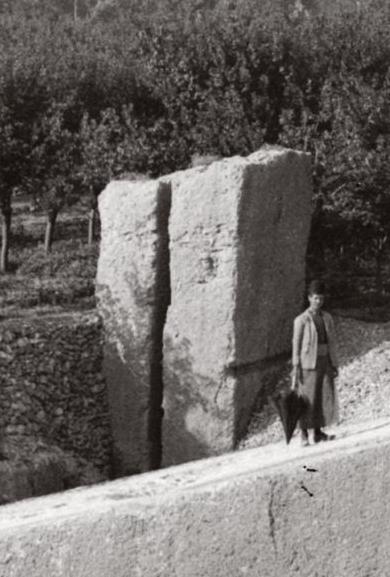

…they seem to have the same very large cut marks that we find on the ‘wall’ over looking the site –
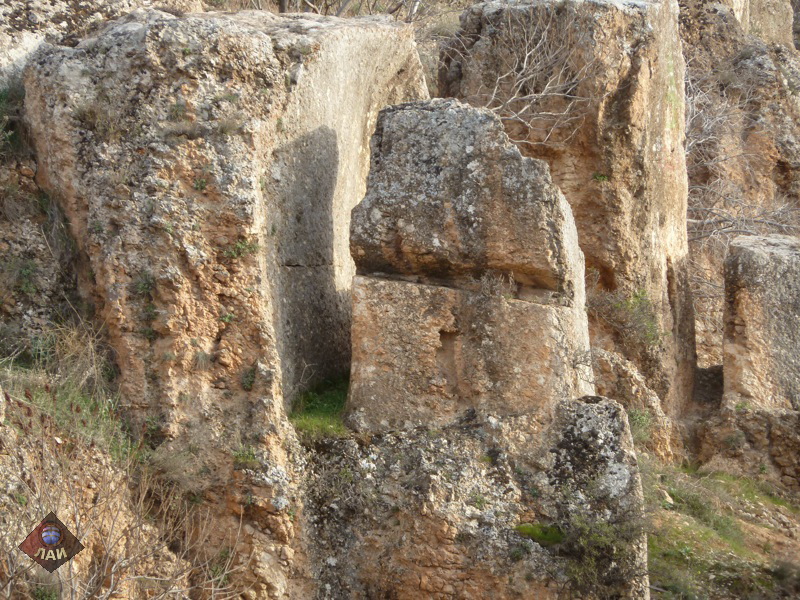
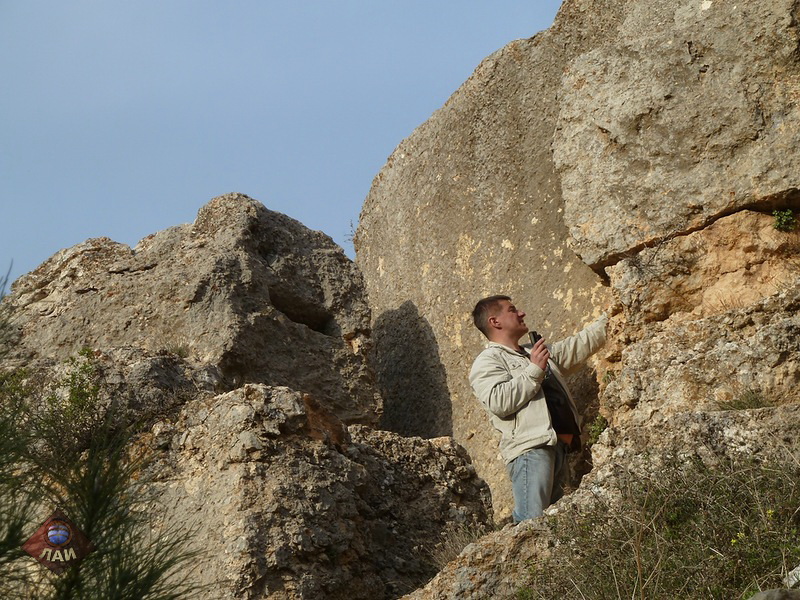
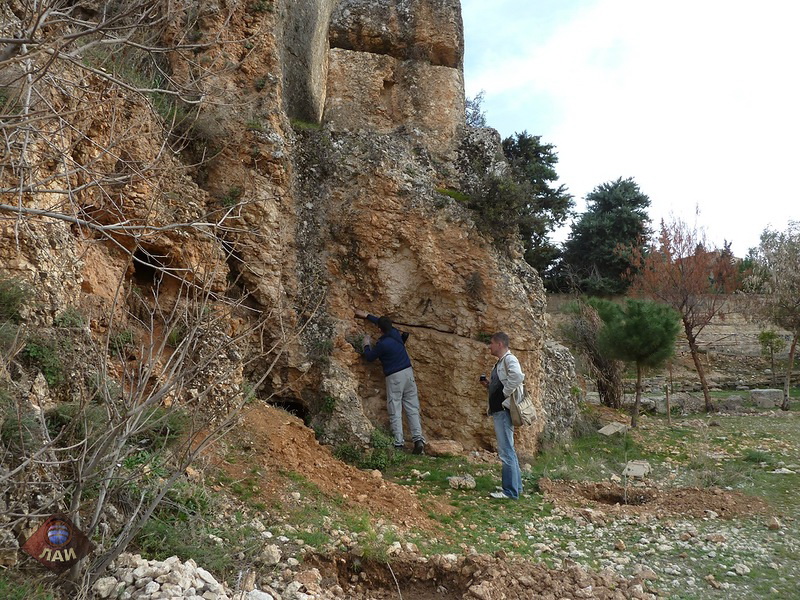
How were those marks made? What tool was being used?
originally posted by: Hanslune
a reply to: JamesTB
To determine how those cuttings were made you'd need to do a close up inspection of the cutting marks, looking for chisels or other marks.
If Roman there would be iron chisel marks.
The thing is these marks/grooves (Baalbek) don't appear to have been made by chisels. That's the conundrum.
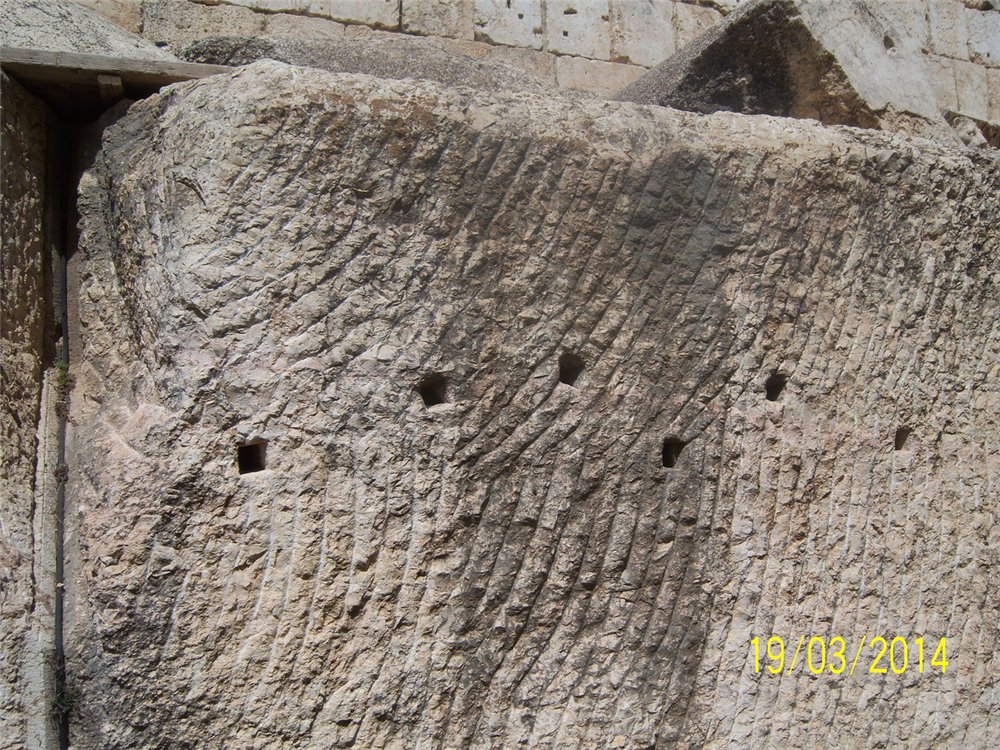
originally posted by: JamesTB
The thing is these marks/grooves (Baalbek) don't appear to have been made by chisels. That's the conundrum.
So what is that image of? Context remember?
We were speaking about one stone and you seemed to have switched to another??
edit on 8/12/14 by Hanslune because: (no reason given)
new topics
-
Groaners II
Jokes, Puns, & Pranks: 50 minutes ago -
Lunacy
Short Stories: 1 hours ago -
Political Labels Quizzes
Political Ideology: 1 hours ago -
Why Dems Are Probably Wishing Trump Won in 2020...
US Political Madness: 2 hours ago -
Pure Love is simple.
Philosophy and Metaphysics: 3 hours ago -
Interesting timing 40 monkeys flee medical lab in US
Diseases and Pandemics: 3 hours ago -
All Talk No Walk Celebrities Blowing Smoke
US Political Madness: 5 hours ago -
Arizona and Nevada Called for Trump – Giving Trump 312 Electoral Votes
2024 Elections: 5 hours ago -
A question about abortion and the states
US Political Madness: 8 hours ago -
What shenanigans are at play with the house races?
2024 Elections: 9 hours ago
top topics
-
What shenanigans are at play with the house races?
2024 Elections: 9 hours ago, 12 flags -
Interesting timing 40 monkeys flee medical lab in US
Diseases and Pandemics: 3 hours ago, 11 flags -
Arizona and Nevada Called for Trump – Giving Trump 312 Electoral Votes
2024 Elections: 5 hours ago, 11 flags -
All Talk No Walk Celebrities Blowing Smoke
US Political Madness: 5 hours ago, 11 flags -
Young People and Social Media
Social Issues and Civil Unrest: 12 hours ago, 10 flags -
A question about abortion and the states
US Political Madness: 8 hours ago, 7 flags -
Why Dems Are Probably Wishing Trump Won in 2020...
US Political Madness: 2 hours ago, 6 flags -
Pure Love is simple.
Philosophy and Metaphysics: 3 hours ago, 3 flags -
Lunacy
Short Stories: 1 hours ago, 3 flags -
Political Labels Quizzes
Political Ideology: 1 hours ago, 2 flags
active topics
-
Political Labels Quizzes
Political Ideology • 2 • : ksihkahe -
DOJ moving to wind down Trump criminal cases before he takes office
Mainstream News • 26 • : Vermilion -
A question about abortion and the states
US Political Madness • 29 • : Vermilion -
Remember These Attacks When President Trump 2.0 Retribution-Justice Commences.
2024 Elections • 89 • : WeMustCare -
About that ''Iron Dome''
Other Current Events • 28 • : YourFaceAgain -
Maetaquest 3S
Video Games • 16 • : andy06shake -
President BIDEN's FBI Raided Donald Trump's Florida Home for OBAMA-NORTH KOREA Documents.
Political Conspiracies • 52 • : WeMustCare -
On Nov. 5th 2024 - AMERICANS Prevented the Complete Destruction of America from Within.
2024 Elections • 96 • : cherokeetroy -
Arizona and Nevada Called for Trump – Giving Trump 312 Electoral Votes
2024 Elections • 30 • : awhispersecho -
Lunacy
Short Stories • 1 • : Myhandle
